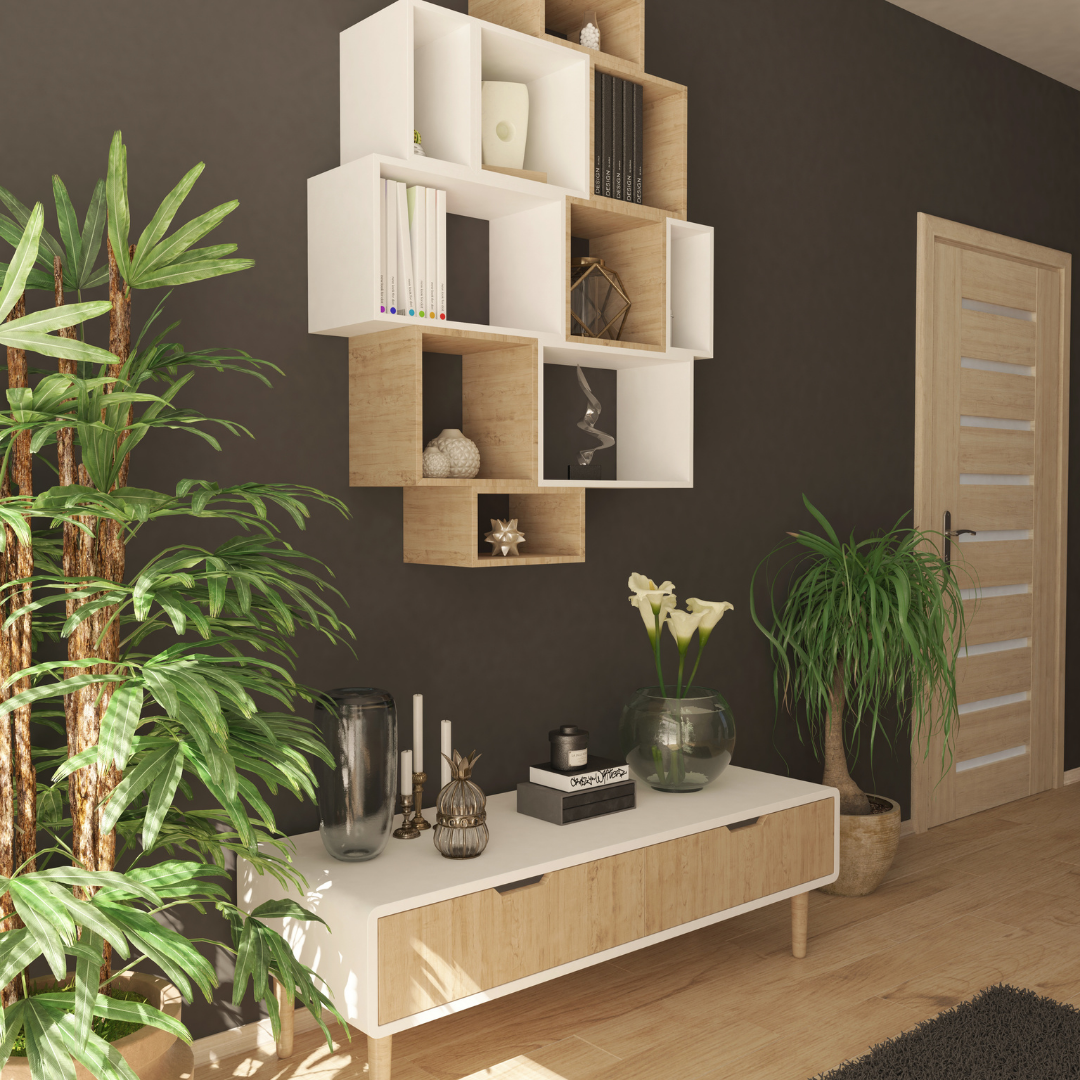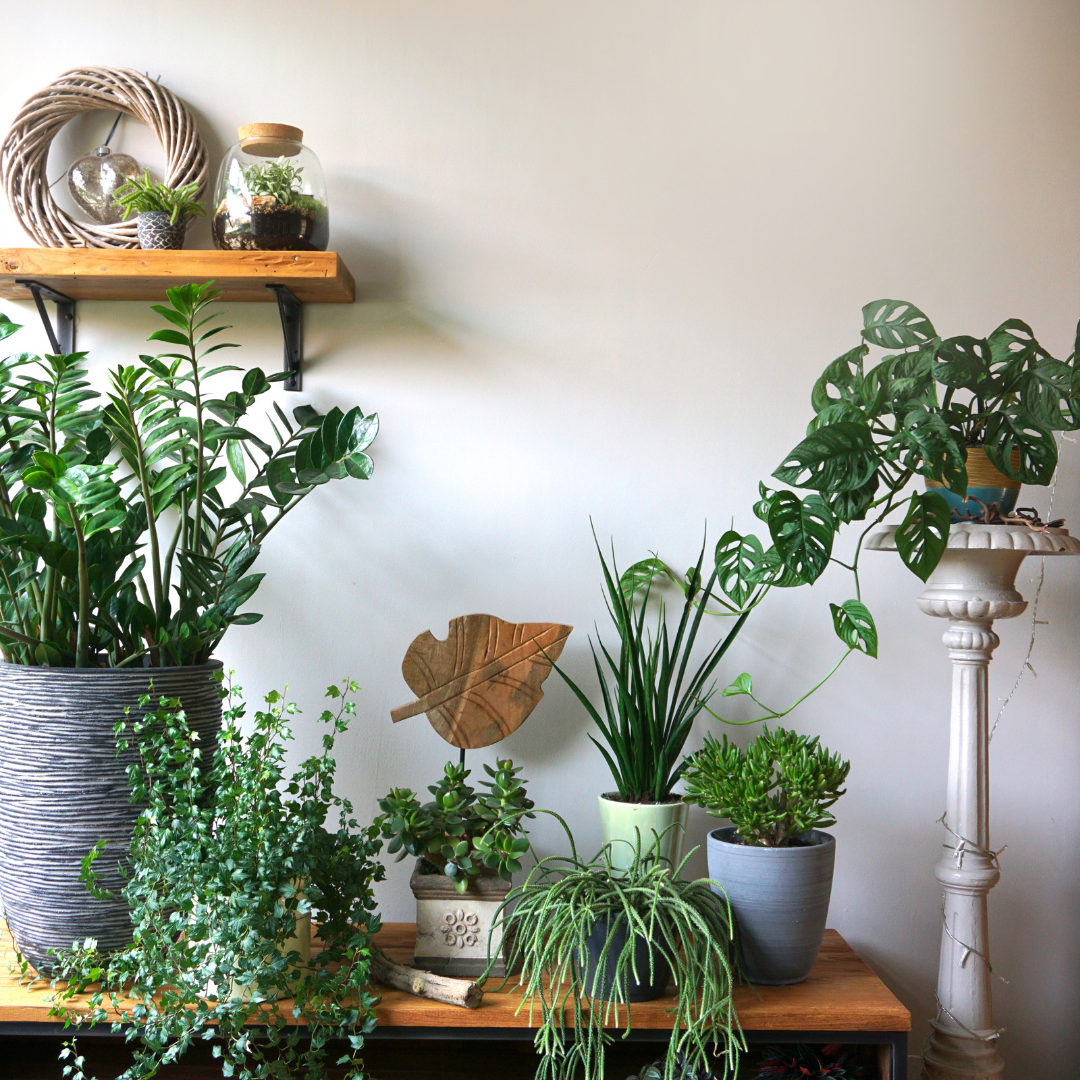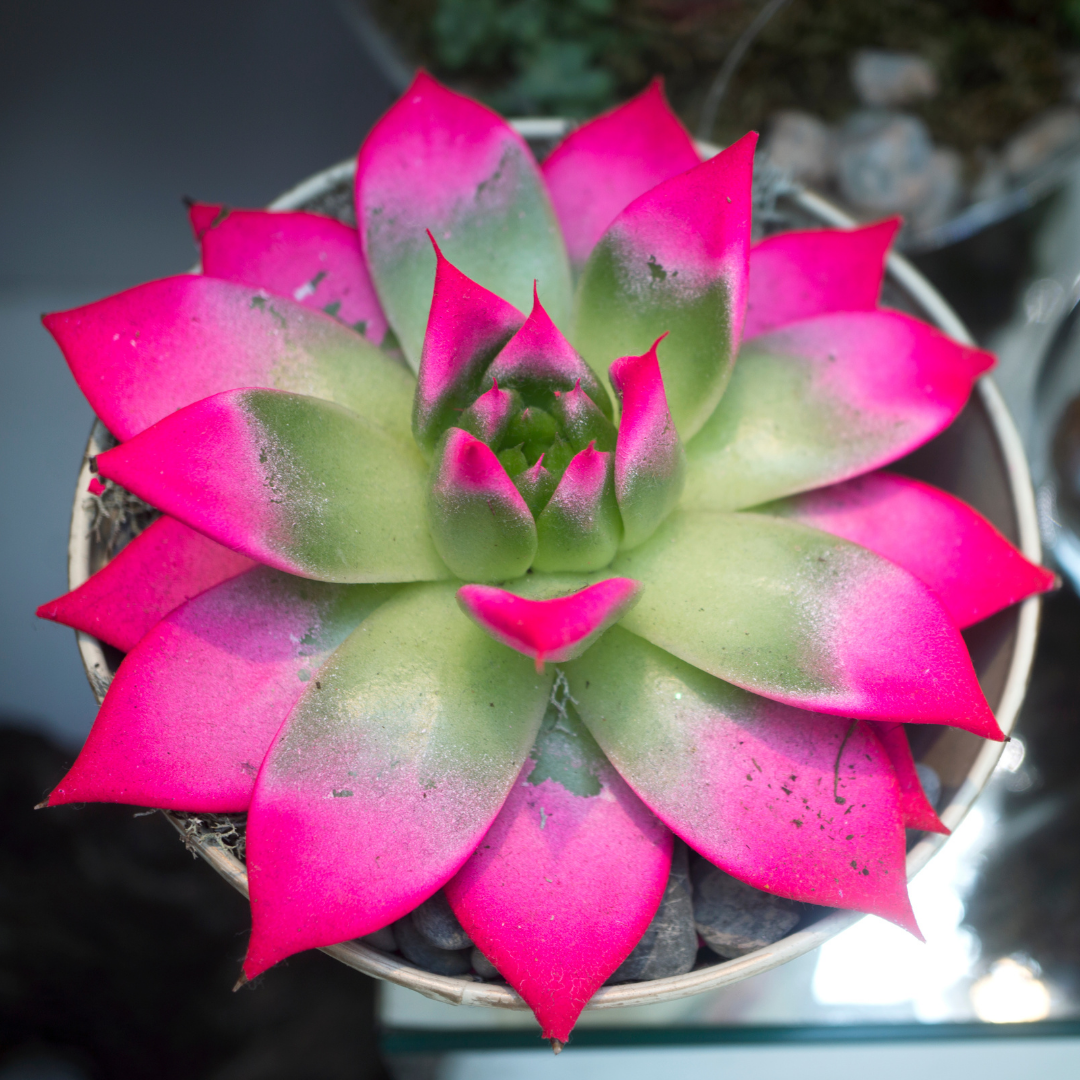
If you’re looking for a way to add some life and color to your living room, plants may be the answer. Not only do they make a room feel more alive, but they can also help to purify the air. Here are some tips on how to decorate your living room with plants.
1. Choose the right plants
It might seem obvious, but one of the most important things to consider when arranging plant decor in your living room is choosing the right plants. Not all plants are suited for indoor environments, so you’ll need to carefully select those that are.
Some factors you’ll want to consider when choosing plants for your living room include:
- The amount of sunlight the plant will get
- Whether the plant is low or high maintenance
- Which plants are best suited for indoor environments
- Whether the plant needs to be watered frequently
- How big the plant will grow
Indoor plants
Indoor plants can brighten up any living space and add some life to the room. There are many different types of plants that can be grown indoors, so it’s important to choose the right ones for your space. Succulents are hugely popular and then some other common favorites include the fiddle leaf fig, snake plant, and pothos.

2. Decide where to place the plants
When arranging plants in the living room, there are a few things you need to take into account. The first is size. The room should be large enough to accommodate all of your furniture and plants and still have enough space for people to move around. As a rule of thumb, in an average-sized living room, 2-5 smaller plants of varying heights should suffice.
The second point to consider is the layout of your living room. Think about how you want the room to look and how you want to use the space. If you already have a lot of furniture crammed into a small space, it will be difficult to move around so it might be worth scaling back before introducing any plants. Therefore, it might be advisable to declutter the space. For instance, if you want to set up your home office in the living room, you might want to move the rest of the furniture, except the couch and coffee table to a different room, you can then place a plant pot on the coffee table. Similarly, you can place a couple of succulents on your work desk that you may have sourced from office monster or a similar office furniture supplier. Apart from that, you can also incorporate hanging plants in the living room.
Accordingly, potted plants can often take up a lot of space in a small living room, which is not ideal. Hanging plants or trailing plants can be a better alternative as they take up less space and can add some decoration to the room.
Alternatively, you could implement two designs based on wooden shelves. The first, a plant wall that could be designed and placed behind the living room furniture with selected plants that thrive indoors. The second being a few shelves attached to form a pattern on the wall that could match the aesthetic of the furniture, say a geometric design. In both cases, you could have yourself something better looking than a plain, painted wall with room to put in other showpieces. This may enable you to have a pleasant, tropical vibe as well as the circulation of fresh, filtered air from the plants.
Of course, when you arrange indoor plants it is also important to assess the natural light in the space. Plants that need a lot of sunlight should be placed near windows, while those that prefer shadier conditions can be placed in corners or against walls. You can also get customized window coverings to regulate the amount of sunlight your plants get on any given day.
Additionally, try to group plants according to their size and shape. This will create a more cohesive look and feel in your living room. Plus, by keeping similar plants together, you can create an indoor garden that will make your home look beautiful and will also improve the air quality. In light of this, it is essential to note that plants are an excellent way to purify the air in your house if you do not have serious air quality problems. For homes infested with mold or suffering from issues like dampness, indoor plants might not be enough to remedy air quality. In such cases, it’s advisable to consider professional solutions for mold remediation in Tucson, AZ, or your local area, to ensure a healthy living environment. Professional solutions can also help identify the source of the mold, so that it can be removed and prevented in the future. Additionally, professional solutions can also provide advice on how to prevent further mold growth, as well as provide guidance on how to improve the overall air quality in the home.
Related: The Things We Like to Change Around the Home
3. Use plants to add color and texture to the room
Adding plants to a living room can add eye-catching focal points to your space. If your interior design style is inspired by nature, plants are a must-have to bring the outdoors in. Look for large leafy plants or small potted trees to make a statement. For something more understated, try a jade plant or a weeping fig.
Similarly, when choosing plants for your living room, there are a few things to keep in mind. The colors you choose should reflect your style, and they should also be compatible with the other colors in the room. Try to choose colors that will make the room feel inviting and comfortable.
For instance, if you like bold patterns, calatheas or prayer plants will draw in the eye thanks to their striped leaves. Alternatively, if you prefer moodier colors, a rubber tree with dark green leaves could be the perfect complement to the rest of your room decorations.
Plants can also add a touch of much-needed texture to your living room. A mix of textures can help to add interest and variation to your space. Any contrast can even help to draw the eye to specific pieces of furniture. By using different textures, you can create a unique finish and make the room feel more dynamic.

4. Water and care for the plants properly
House plants need water to thrive, but you don’t want to drown them either. The best way to water your plants is to check the soil. If the top few inches of soil are dry, then it’s time to water your plants. You can water your plants by using a watering can, or you can keep them moist using a spray bottle.
As the seasons change it might be worth moving your plants closer to any windows to ensure that they get enough sunlight. Plants also need fertilizer to grow and thrive, so you might want to consider adding some plant food to your pots every once in a while.
Most plants need a constant temperature. If your living room becomes too hot or too cold, your plants may not survive. If you have any particularly temperamental plants, you can use a thermometer to monitor the temperature in your living room and adjust it accordingly.
Arranging plants in your home can be a challenge at first
Adding plants to your living room might seem overwhelming, but it can brighten up the space and make it more inviting. Not only are they beautiful to look at, but plants also clean the air in your home. If you’re looking for ways to add a little life to your living room, consider adding some decorative plants.
Which house plants do you like best? Get in touch and let us know how you arrange any plants in your living room.



